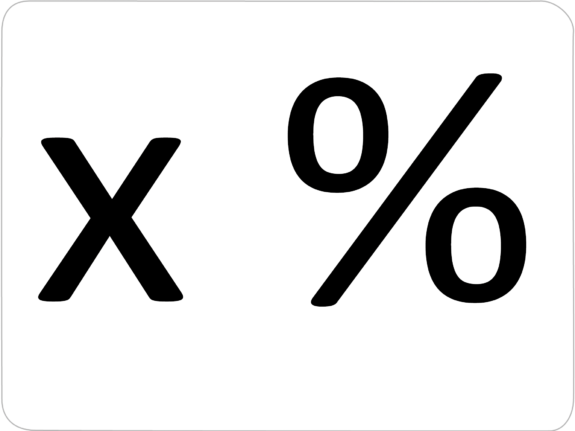
Psycholinguistics
Linguistics by numbers
Psycholinguistics seeks to use psychological techniques to test, measure and investigate linguistic phenomena. How is language represented and processed in the brain? How is language learnt? How far does this depend on structures defined by the human genome – what is known as the nature / nurture issue? How different is production from comprehension? Or are these just different reflections of how the faculty of language is used?
Neurolinguistics, or the investigations of these things at a neurological level, is a significant sub-field.
In the 1930s and 40s, the theory of behaviorism was broadly accepted in psychology in the English-speaking world. The notion of ideas was roundly dismissed as ‘mentalism’ . At around the same time, various dissatisfactions were emerging in linguistics in relation to the notion of distinct levels, one defining the phoneme as an abstract entity, one defining it exclusively in relation to spoken pronunciation. And the term psycholinguistics was coming into use.
But the new approach to linguistics being developed by Noam Chomsky and a handful of close colleagues implicitly questioned many of the canons of psycholinguistics.
One hugely significant discovery in psycholinguistics was made in 1958 by Jean Berko-Gleason with her ‘Wugs test’. Berko-Gleason discovered that rather than learning the forms of words, comes, goes, came, went, and so on one by one, children learn the overall patterns by which words are formed. Berko-Gleason drew imaginary creatures, one of which she called a ‘wug’, and she devised imaginary activities for it. Taking care to ensure that children all understand what she was expecting of them, she drew them into conversations like “This is a wug. Now there is another one. There are two of them. There are two ___”. Or of a man with a steaming pitcher on his head “This is a man who knows how to spow. He is spowing. He did the same thing yesterday. Yesterday he ___?”
By a supreme intellectual feat, Berko-Gleason devised this clever test before the field which she was implicitly testing, now known as ‘generative phonology’, had emerged.
A wrong conclusion?
The technicalities of linguistics can seem overwhelming. And the differences between alternative approaches and theories can be confusing. Perhaps reacting to such thoughts, it is sometimes concluded, quite mistakenly in my view, that psycholinguistics gets closer than linguistics to the ultimate empirical reality of language.

